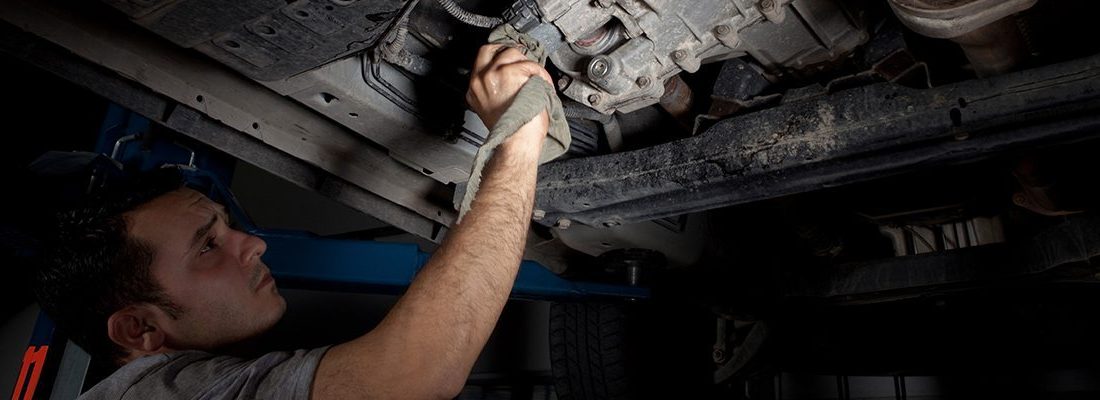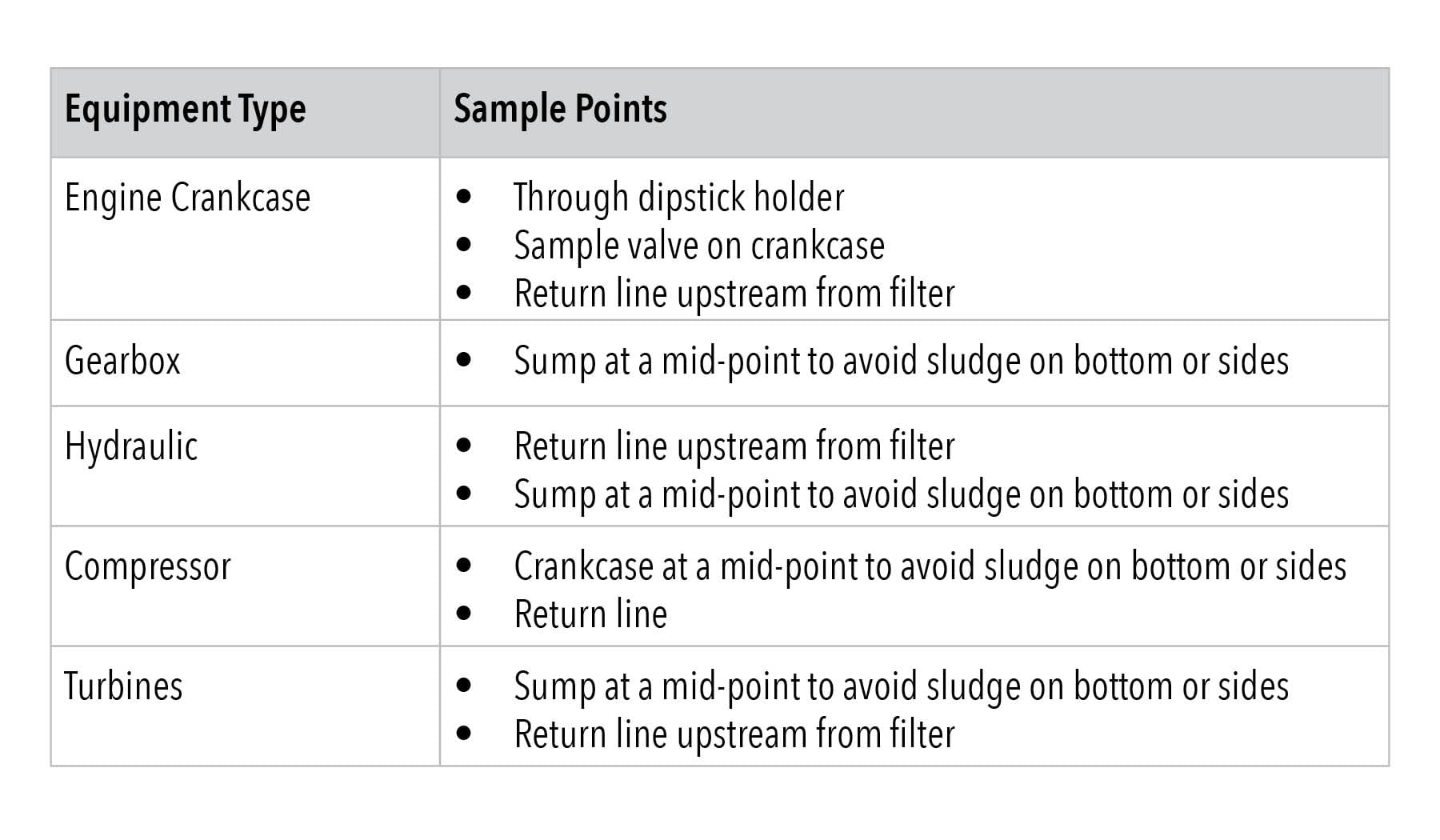 “It’s not just fluid analysis, it’s what you do with it” is something we say a lot here at POLARIS Laboratories®. We strive to help our customers extend the life of their equipment – we do this through not only laboratory testing, but extensive data generation and analysis. While some consider us just “the laboratory”, we pride ourselves on being more than that. By providing you with in-depth analysis and maintenance recommendations, you can address any maintenance issues early.
“It’s not just fluid analysis, it’s what you do with it” is something we say a lot here at POLARIS Laboratories®. We strive to help our customers extend the life of their equipment – we do this through not only laboratory testing, but extensive data generation and analysis. While some consider us just “the laboratory”, we pride ourselves on being more than that. By providing you with in-depth analysis and maintenance recommendations, you can address any maintenance issues early.
Data Overload
We test and analyze thousands of samples daily, each generating dozens of individual data points. With different types of components, fluids and severities potentially spread out over multiple accounts, the amount and complexity of data can be hard to decipher. This is especially true if the extent of your data management is simply just receiving sample reports in your email inbox. What do you do with all of that data?
There’s a Solution
Fortunately, our information technology department has developed a number of helpful and innovative tools within our online data management tool, HORIZON®, to help with this. Along with real-time dashboards, we have a number of pre-made reports that most likely can answer most of the questions you may have regarding your sample data. But what happens when there is not a pre-made report available? If you are the analytical-type and know your way around Microsoft Excel (everyone’s go-to Business Intelligence tool), you might just want the raw data so you can do your own analysis. The tool in HORIZON that gives you the ability to do that just that is called Data Extraction.
Customize
Data Extraction is a simple tool within HORIZON that gathers data based upon customized criteria you set and exports it into an Excel-compatible file. Let’s say you wanted to compare two different locations that had severity 3 and 4 rated components for the last quarter. With Data Extraction, you can easily generate this report in Excel so you can go filter or use Pivot Tables to see what is potentially driving those severities.
How It Works
We have recently made some changes in the way the Data Extraction queries are processed and the results are impressive, with reports being generated in seconds. Give Data Extraction a go and see for yourself.
- Go to HORIZON and log in
- Click on the Management Reports tab
- Select Data Extraction Tool from the left-hand navigation
- At this point, you can easily select the filter criteria for the report you want to generate
- When you have finished selecting your criteria, click Run and the file will generate and download
If you would like to see a walk-through demonstration on how to run a Data Extraction report, click here to watch the video in our Technical Library.
Our goal is to help companies like yours save more of their equipment and strive to provide the resources to do so. We welcome any feedback on the functionality of this report and any other features you’d like to see in HORIZON.
Proven Impact. Proven Uptime. Proven Savings.
Let us prove it to you.
Published April 10, 2018
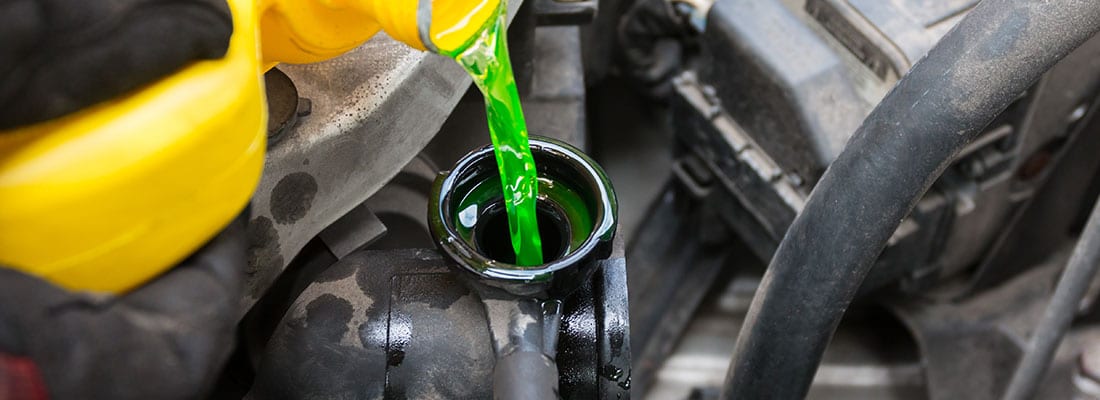 Cooling systems are already burdened with high operating temperatures, and summertime heat can take its toll on your equipment. In order to continuously improve your system’s life and maintain effectiveness, proper cooling system maintenance is vital.
Cooling systems are already burdened with high operating temperatures, and summertime heat can take its toll on your equipment. In order to continuously improve your system’s life and maintain effectiveness, proper cooling system maintenance is vital.
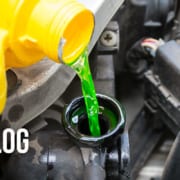
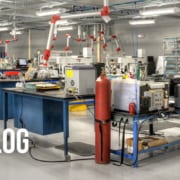

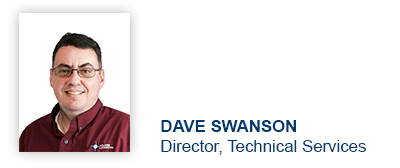
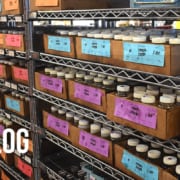
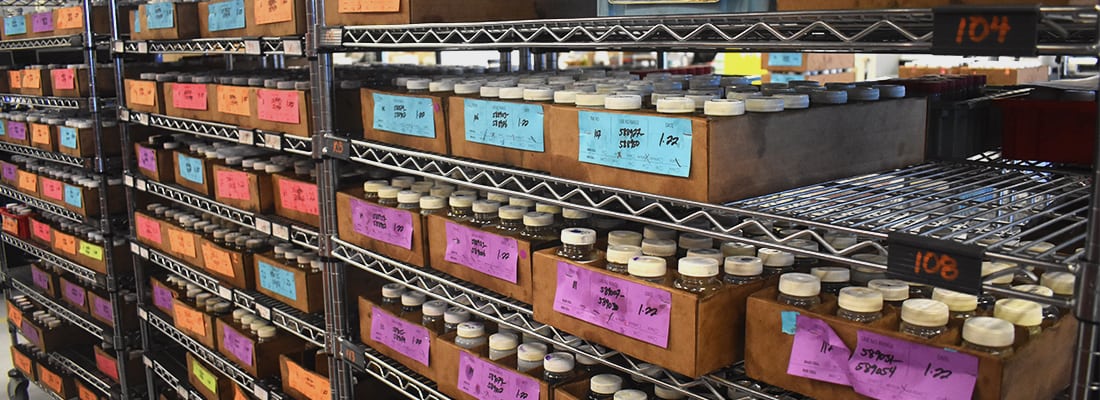 As a leading fluid analysis laboratory – we strive to meet our customers needs and exceed their expectations. Our fluid analysis laboratories operate under Lean principles – maximizing customer value while minimizing waste. Simply put, this means we create more value using fewer resources. The Lean ideas, principles and standards were originally created by Toyota to eliminate waste and inefficiency in its manufacturing operations. The process became so successful that it has been embraced in manufacturing sectors around the world – POLARIS Laboratories® included. We fully embrace and operate under Lean principles in all six of our laboratory locations.
As a leading fluid analysis laboratory – we strive to meet our customers needs and exceed their expectations. Our fluid analysis laboratories operate under Lean principles – maximizing customer value while minimizing waste. Simply put, this means we create more value using fewer resources. The Lean ideas, principles and standards were originally created by Toyota to eliminate waste and inefficiency in its manufacturing operations. The process became so successful that it has been embraced in manufacturing sectors around the world – POLARIS Laboratories® included. We fully embrace and operate under Lean principles in all six of our laboratory locations.


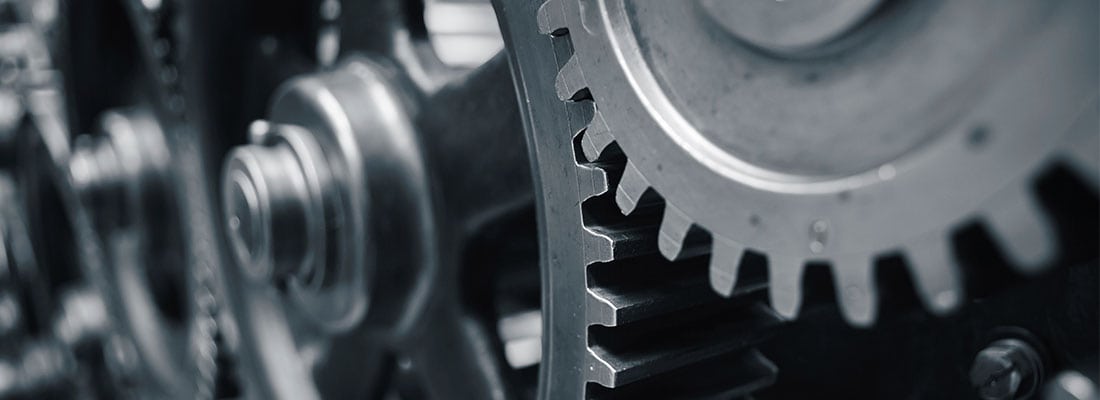


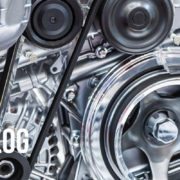


 POLARIS Laboratories® experienced succesful networking and visibility at the NORIA Reliable Plant Conference and Exhibition April 17-19. The conference welcomed hundreds of lubrication, oil analysis and maintenance professionals to Indianapolis. POLARIS Laboratories® was proud to be a premier sponsor of the event and provided many opportunities for attendees to network and learn about proven fluid analysis services.
POLARIS Laboratories® experienced succesful networking and visibility at the NORIA Reliable Plant Conference and Exhibition April 17-19. The conference welcomed hundreds of lubrication, oil analysis and maintenance professionals to Indianapolis. POLARIS Laboratories® was proud to be a premier sponsor of the event and provided many opportunities for attendees to network and learn about proven fluid analysis services.

 “It’s not just fluid analysis, it’s what you do with it” is something we say a lot here at POLARIS Laboratories®. We strive to help our customers extend the life of their equipment – we do this through not only laboratory testing, but extensive data generation and analysis. While some consider us just “the laboratory”, we pride ourselves on being more than that. By providing you with in-depth analysis and maintenance recommendations, you can address any maintenance issues early.
“It’s not just fluid analysis, it’s what you do with it” is something we say a lot here at POLARIS Laboratories®. We strive to help our customers extend the life of their equipment – we do this through not only laboratory testing, but extensive data generation and analysis. While some consider us just “the laboratory”, we pride ourselves on being more than that. By providing you with in-depth analysis and maintenance recommendations, you can address any maintenance issues early.
